Perdew J.P., Kurth S.
Table of contents :
1.1.1 Quantum Mechanical Many-Electron Problem……Page 1
1.1.2 Summary of Kohn–Sham Spin-Density Functional Theory……Page 2
1.2.1 Wavefunctions and Their Interpretation……Page 5
1.2.2 Wavefunctions for Non-interacting Electrons……Page 7
1.2.3 Wavefunction Variational Principle……Page 8
1.2.4 Hellmann–Feynman Theorem……Page 9
1.2.5 Virial Theorem……Page 10
1.3.1 Introduction to Density Functionals……Page 11
1.3.2 Density Variational Principle……Page 12
1.3.3 Kohn–Sham Non-interacting System……Page 13
1.3.4 Exchange Energy and Correlation Energy……Page 14
1.3.5 Coupling-Constant Integration……Page 16
1.4.1 Uniform Coordinate Scaling……Page 20
1.4.2 Local Lower Bounds……Page 22
1.4.4 Size Consistency……Page 23
1.4.5 Derivative Discontinuity……Page 24
1.5.1 Kinetic Energy……Page 25
1.5.2 Exchange Energy……Page 26
1.5.3 Correlation Energy……Page 27
1.5.4 Linear Response……Page 29
1.6.1 Local Spin Density Approximation……Page 32
1.6.2 Gradient Expansion……Page 36
1.6.3 History of Several Generalized Gradient Approximations……Page 40
1.6.4 Construction of a “GGA Made Simple”……Page 42
1.6.5 GGA Nonlocality: Its Character, Origins, and Effects……Page 44
1.6.6 Hybrid Functionals……Page 49
1.6.7 Meta-generalized Gradient Approximations……Page 50
1.6.8 Jacob’s Ladder of Density Functional Approximations……Page 51
References……Page 52
2.1 Introduction……Page 56
2.1.1 Preliminaries and Notation……Page 57
2.1.2 Motivation for Orbital-Dependent Functionals……Page 59
2.1.3 Basic Concept of Orbital-Dependent Functionals……Page 63
2.2 Optimized Potential Method (OPM)……Page 64
2.2.1 Direct Functional Derivative……Page 65
2.2.2 Total Energy Minimization……Page 66
2.2.3 Invariance of the Density……Page 67
2.2.4 Exact Relations Related to OPM……Page 70
2.2.5 Krieger–Li–Iafrate Approximation……Page 71
2.3.1 Accuracy of the KLI Approximation……Page 73
2.3.2 Properties of the Exact Exchange: Comparison with Explicit Density Functionals……Page 81
2.4.1 Many-Body Theory on the Basis of the Kohn–Sham System: Exact Expression for E_{xc}……Page 90
2.4.2 Perturbative Approach to the Sham–Schluter Equation: Second Order Correlation Functional……Page 94
2.4.3 Extensions of the Second Order Functional……Page 97
2.5.1 Self-interaction Corrected LDA……Page 99
2.5.2 Colle–Salvetti Functional……Page 100
2.6.1 Description of Dispersion Forces by Second Order Correlation Functional……Page 101
2.6.2 Comparison of Available Orbital-Dependent Approximations for E_c……Page 106
2.6.3 Analysis of the Second Order Correlation Potential……Page 111
2.7 Final Remarks……Page 117
References……Page 120
3.1 Summary……Page 144
3.2 Foundations……Page 147
3.3 Functionals……Page 150
3.4 Results……Page 157
3.5 Further Results……Page 161
References……Page 163
4.1 Introduction……Page 165
4.2.1 Preliminaries……Page 166
4.2.2 The Runge–Gross Theorem……Page 169
4.2.3 Time-Dependent Kohn–Sham Equations……Page 172
4.2.4 XC Functionals……Page 174
4.2.5 Numerical Considerations……Page 177
4.3.1 Basic Theory……Page 179
4.3.2 The XC Kernel……Page 182
4.4.1 DFT Techniques to Calculate Excitations……Page 185
4.4.2 Full Solution of the Kohn–Sham Equations……Page 187
4.4.3 Excitations from Linear-Response Theory……Page 189
4.4.4 When Does It Not Work?……Page 194
4.5.1 What Is a “Strong” Laser?……Page 195
4.5.2 High-Harmonic Generation……Page 197
4.5.3 Multi-photon Ionization……Page 198
4.5.4 Ionization Yields from TDDFT……Page 200
4.6 Conclusion……Page 202
References……Page 203
5.1 Introduction……Page 206
5.2.1 Green’s Function and Self-energy Operator……Page 207
5.2.2 Many-Body Perturbation Theory and the GW Approximation……Page 210
5.3 Pathologies of the Kohn–Sham xc Functional……Page 215
5.3.1 The Band Gap Problem……Page 217
5.3.2 Widely Separated Open Shell Atoms……Page 220
5.3.3 The Exchange-Correlation Electric Field……Page 221
5.4.1 Theoretical Background……Page 224
5.4.2 Applications……Page 228
5.4.3 Generalised KS Schemes and Self-energy Models……Page 233
References……Page 235
6.1 Introduction……Page 239
6.2.1 Generalities……Page 240
6.2.2 Atoms……Page 245
6.2.3 Plane-Waves……Page 246
6.2.4 Real-Space……Page 250
6.3.1 The Pseudo-potential Concept……Page 251
6.3.2 Empirical Pseudo-potentials……Page 253
6.3.3 Ab-initio Pseudo-potentials……Page 254
6.3.4 Hamann Potential……Page 255
6.3.5 Troullier–Martins Potential……Page 256
6.3.6 Non-local Core Corrections……Page 257
6.3.7 Pseudo-potential Transferability……Page 258
6.3.8 Kleinman and Bylander Form of the Pseudo-potential……Page 259
6.4 Atomic Calculations……Page 260
6.5 Plane-Wave Calculations……Page 265
6.6 Real-Space Calculations……Page 272
References……Page 275

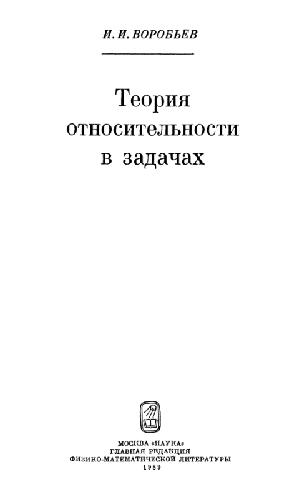

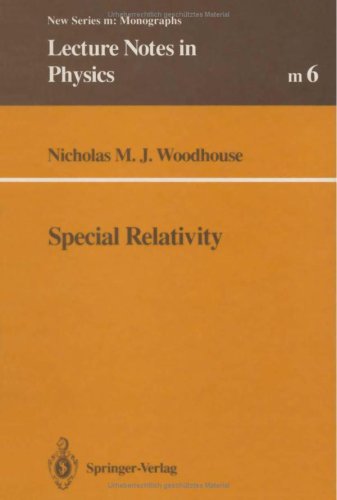
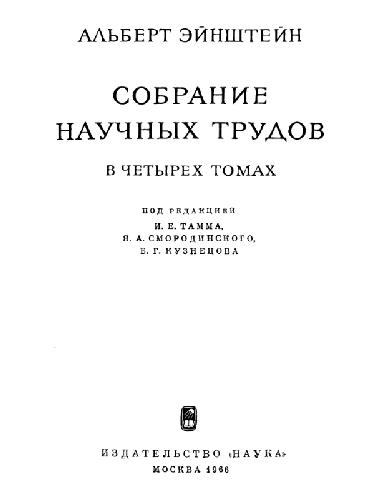
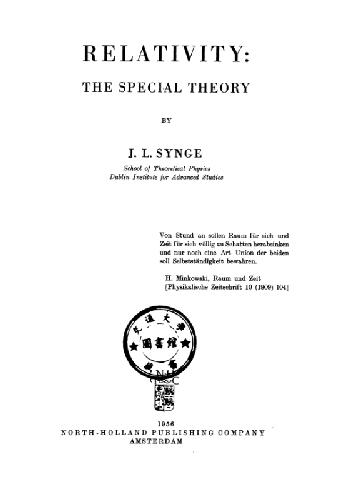
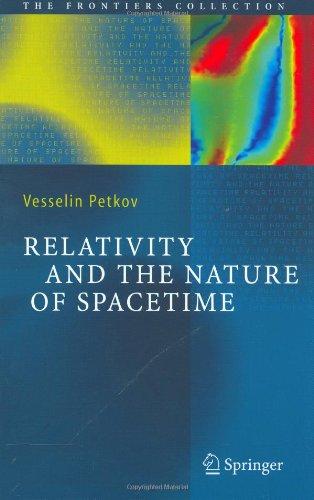
Reviews
There are no reviews yet.